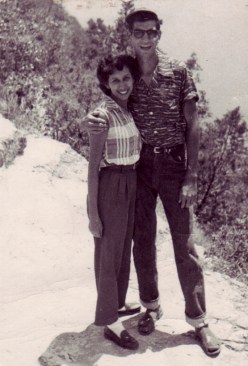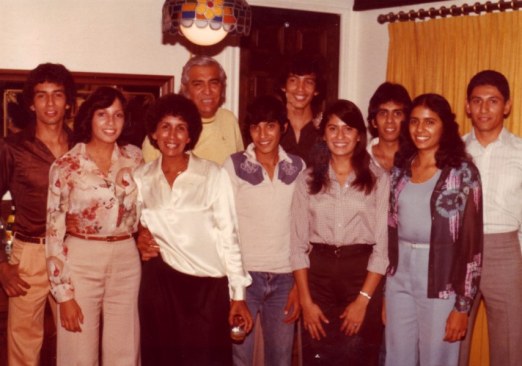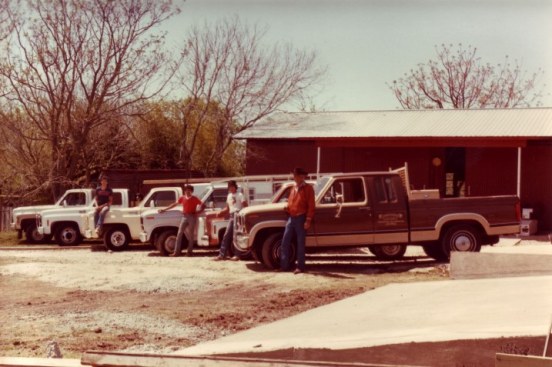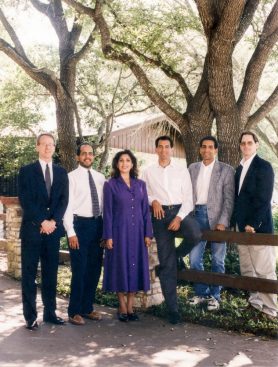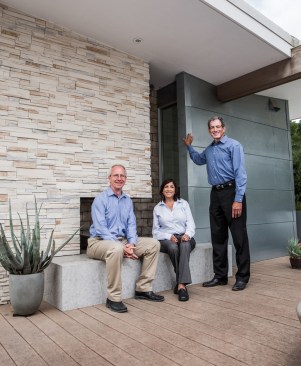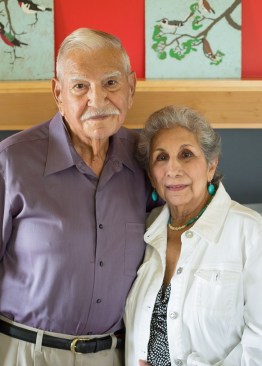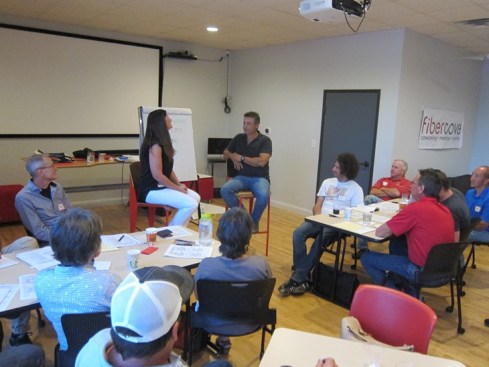Building a successful design/build remodeling brand can be the work of an entire career—or even two. Ask Stewart Davis, a co-owner and principal architect of CG&S Design/Build. The Austin, Texas-based company, now approaching its 60th anniversary, is a major player in its local market, with over $10 million in volume last year.
But in reaching that level, it has faced the same challenges as every other design/build remodeler, including building the brand identity, credibility, and portfolio of work that inspire confidence in prospective clients. Its ability to reinvent itself in response to changing market conditions provides important lessons to others who hope to follow in its footsteps.
From the Ground Up
“My father-in-law and mother-in-law, Clarence and Stella Guerrero, started the business in 1957, at the kitchen table,” Davis says. “Dad was a carpenter, and he was tired of working for other people. They had eight kids, five of them boys, and all of the boys grew up in the business.” Though Davis’ wife, Dolores, wasn’t involved in the business in childhood, she was hired later and is now the firm’s general manager.
Throughout its first generation, the company’s approach was straight remodeling, and design was not part of the package. “It was mostly handyman stuff, plus some larger projects. For the most part it was repairs and maintenance, with a few additions here and there,” Davis says.
Over the next three decades, the Guerreros built not only a successful company, but also a solid reputation. “The company was known for quality work—fairly expensive but really high quality—and for standing behind their work,” Davis says. That reputation would prove an invaluable asset when the company, entering its second generation, evolved into a design/build operation.
Fake It Till You Make It
Davis joined the company after his brothers-in-law John, Thomas, and Billy took over the business in the early 1990s, a time when the design/build model was becoming better known in Austin. “We rebranded, big time, in 1994,” says Davis. “And then, we had to find work.”
Davis overnight became the firm’s entire architecture department. He designed the logo for the new CG&S Design/Build himself: a nautilus-like spiral, based on the Golden Section. “I had a vision of this as a design-forward kind of company,” he says. “The logo was designed to describe that.”
The design/build brand identity began largely as an aspiration, Davis admits, but gradually firmed up into reality. “It was like ‘fake it till you make it,’ almost,” he says. “It took years of taking whatever projects we could put our design/build label on. But over the next three four or five years, we got a few projects in the portfolio, and it just built slowly.”
As the company’s reputation for design spread, so did its proportion of design/build jobs—and its total volume. When he joined the company, Davis says, “the volume of the company was about $1.5 million. This year it’s probably going to be $10.5 million.”
Going to Market
For much of its history, CG&S drove its growth by simply taking the projects that most closely matched its vision for itself. But as its reputation grew, the company could be more selective, in a virtuous circle that yielded a closer match between the company and its preferred market. The more traction the company gained in the market, the more precisely it could steer toward its ideal niche.
Despite the success of that strategy, however, Davis recently retained an outside marketing firm to take things up a notch. “We want to fine-tune our marketing so we find people that fit better with our company,” he says. “It’s very deliberate. We’ll take things that come in that fit, but we also want to steer toward the ultimate goal, where we are known as the premier company: ‘If you want the best, yeah they’re expensive, but they’re well worth it.’”

Paul Finkel
The addition of a design department in the early '90s added another dimension to CG&S's repertoire.
In its reworked website and new print ads, CG&S leverages the company’s market position by putting the spotlight on its clients. “We stopped talking so much about how great we are, and we started having them say it for us, and telling more of a story,” Davis says. “The ad we’re running has a headshot of our client next to a picture of their project. It becomes more personal, less about CG&S and more about the folks whose lives we improved.”
Youth Movement
The company’s new marketing approach reflects Davis’s belief that one of the company’s strongest assets—its three-plus decades of experience—could be a mixed blessing in Austin’s rapidly
changing market. “A lot of our clients are aging baby boomers,” Davis says. “Austin’s got a lot of those, and we love that kind of client, but it’s also got a lot of young people who are quite different in how they relate to their homes and to us.”
To broaden the company’s appeal among Austinites in their 30s, he says, “we chose some clients for our ad campaign that were younger. We made the graphics a little more relevant [to that age group] and the writing a little less formal, a little less self-congratulatory.”
In its direct mailings, the company is broadening its territory to include areas closer to the city center. “With housing prices rising, those neighborhoods start to become fair game for us,” Davis says.
“We want to maintain our existing old-Austin clientele and also develop strong relationships with the new-Austin folks. But because a lot of people haven’t been here very long, we can’t really get by on ‘CG&S has been here forever.’ If somebody asks me how long we’ve been in business, I say, ‘Why do you ask?’ Because they may want somebody more cutting edge, somebody younger, with fresh ideas. Being a 60-year-old company is not necessarily music to their ears.”
The CG&S marketing team—which includes two of Davis’s grown children—addresses younger potential clients with a steady stream of messaging via the website, Facebook, Pinterest, and Houzz. “Every week we’ve got new stuff up there,” Davis says. “That’s kind of important now.”
Also important, he says, are such subtle touches as accepting electronic payments. “A lot of people don’t even have checkbooks anymore,” he says. “Things are changing quickly.”

